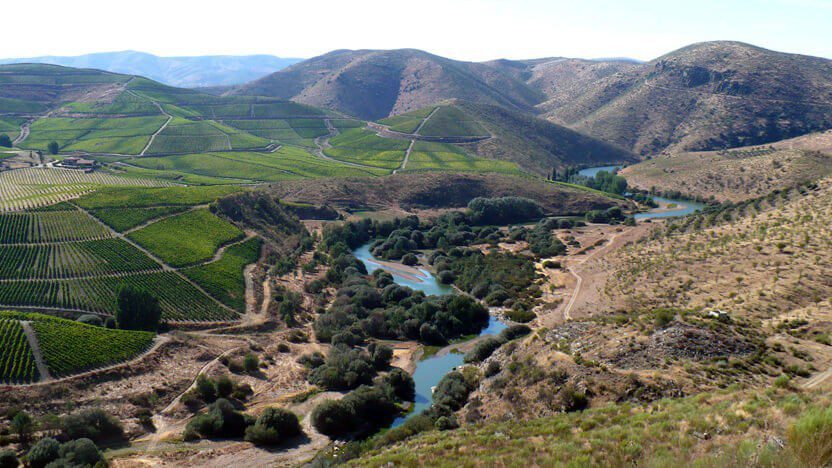This archaeological location is divided into two major waterway routes: 30 kilometres along the Côa River – Faia, Penascosa, Quinta da Barca, Ribeira de Piscos, Canada do Inferno and 15 kilometres along the banks of Douro River – Fonte Fireira, Broeira, Foz do Côa, Vermelhosa, Vale de José Esteves, Vale de Cabrões.
Art engraved in stone
Like a vast open air gallery, Côa Valley has over one thousand rock with rupestral marks, identified in over 70 different places. They are predominately Palaeolithic engravings, dating back to around 25.000 years ago.
They represent horses, oxen, goats, aurochs, dears and armed hunters and were carved onto vertical schist surfaces by using four different techniques – thin incision (simple or cold), perforation, abrasion and rasping – which sometimes complemented each other. Some post-Palaeolithic engravings have traces of ink. Côa Valley keeps paintings and engravings from the Neolithic and Chalcolithic, engravings from the Iron Age and, throughout the 17th, 18th, 19th and 20th centuries, the millers, who were the last great engravers of this massive valley, left their marks.
Venture into the beautiful landscapes which illustrate the Côa River and discover the primitive art of Mankind!






















